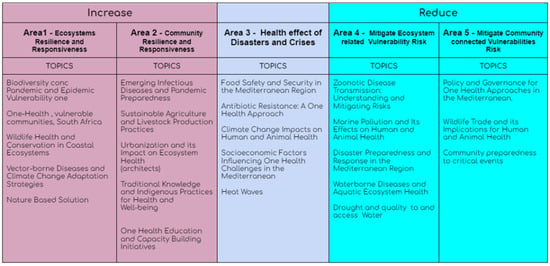The CHIARA Project investigates women’s mental health and vulnerability to sex trafficking in the U.S.–Mexico border states (California, Arizona, Texas, and New Mexico). A mixed-methods design was employed, combining qualitative content analysis of media, legal, and policy documents with quantitative analyses of secondary datasets from health institutions, the National Human Trafficking Hotline, the Polaris Project, and the U.S. Census Bureau. Data were cleaned, integrated, and examined through descriptive statistics, regression models, and correlation matrices using R Studio, complemented by visualizations to identify patterns and hotspots. Results show a strong association between higher crime rates, reported trafficking cases, and the prevalence of mental health disorders such as PTSD, depression, and anxiety among women. California and Texas consistently reported higher trafficking cases and mental health burdens, while regression analyses highlighted poverty, limited education, and gender inequality as significant predictors of vulnerability. These findings underscore the interplay between socioeconomic conditions and gender-specific exploitation at the border. By linking mental health and trafficking indicators, the study provides actionable insights for community leaders, policymakers, and healthcare providers, emphasizing the need for trauma-informed care, targeted prevention strategies, and policies that address both structural inequities and survivor rehabilitation.




